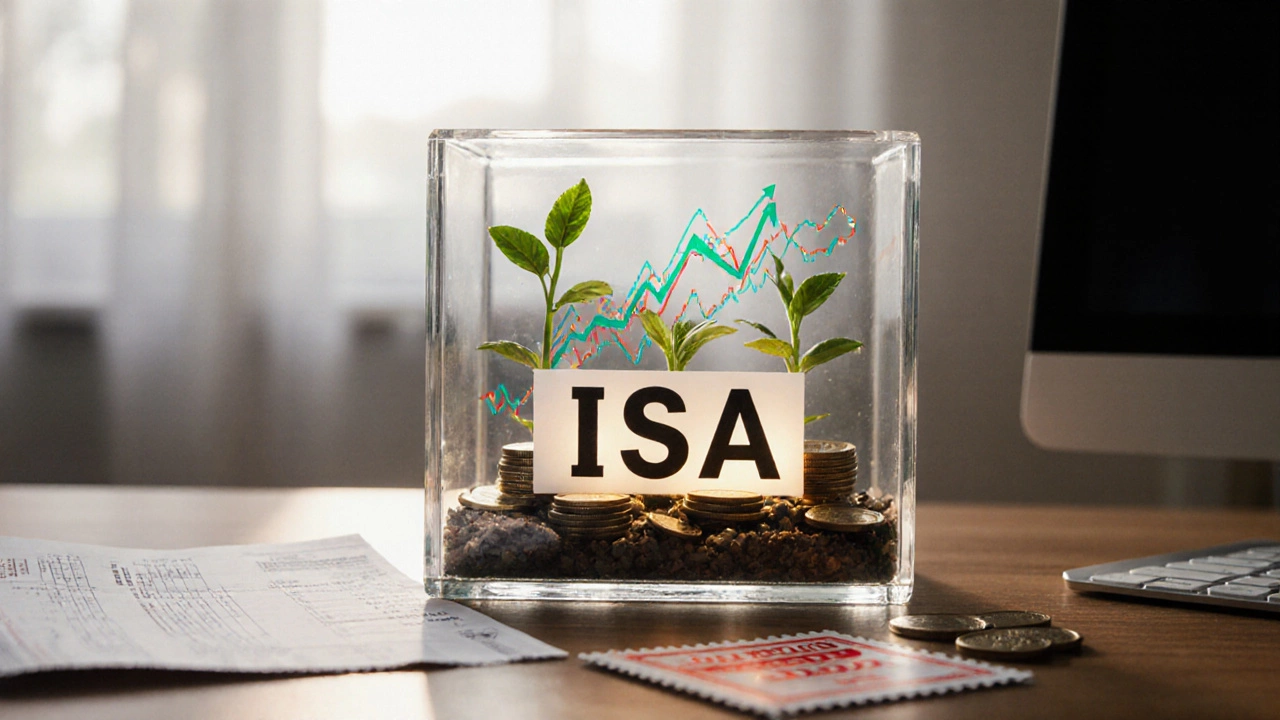ISA Limits 2025: What You Can Save Tax-Free This Year
When it comes to saving money without paying tax, the ISA, a UK government-backed savings account that lets you earn interest or investment returns tax-free. Also known as an Individual Savings Account, it's one of the most powerful tools for growing your money quietly over time. For 2025, the total amount you can put into all your ISAs combined is still £20,000. That’s £20,000 you can save or invest without the government taking a cut on interest, dividends, or capital gains. It doesn’t matter if you put it all in one type of ISA or split it between different ones—you just can’t go over that total.
There are two main kinds of ISAs most people use: Cash ISA, a simple savings account where your money earns interest without being taxed, and Stocks and Shares ISA, a way to invest in funds, shares, or bonds while keeping any profits tax-free. If you’re just starting out, a Cash ISA is easy—you treat it like a regular savings account, but better. If you’re thinking long-term, a Stocks and Shares ISA gives you a shot at higher returns, even if it comes with more risk. You can even mix them. Put £10,000 in a Cash ISA and £10,000 in a Stocks and Shares ISA. Or go all in on one. The choice is yours, as long as the total doesn’t break £20,000.
Don’t forget: you can’t carry over unused ISA allowance. If you don’t use your £20,000 this year, it’s gone. There’s no roll-over. That’s why people who wait until March end up rushing—and missing out. Start early. Set up a monthly transfer. Even £1,667 a month adds up to the full limit. And if you’re under 18, you’ve got a different limit: £9,000 in a Junior ISA, which locks away money until they turn 18. Parents and grandparents often use this to build a head start for kids.
Some people think ISAs are only for rich folks. Not true. You don’t need a big salary to use one. Even if you only save £50 a month, you’re still using the system right. The power isn’t in how much you put in—it’s in the fact that every penny grows tax-free. Over 10 or 20 years, that adds up fast. And if you’ve got debt, like credit card balances or high-interest loans, pay those off first. But once you’re clear, an ISA is the next smart move.
You’ll see posts below that dig into the real risks of Stocks and Shares ISAs, how they compare to regular savings accounts, and whether you can lose money in them. You’ll also find tips on how to pick the best ISA provider, how to avoid common mistakes, and how to make your £20,000 work harder. This isn’t about getting rich overnight. It’s about making sure you’re not giving the government free money by not using the tools they gave you.

